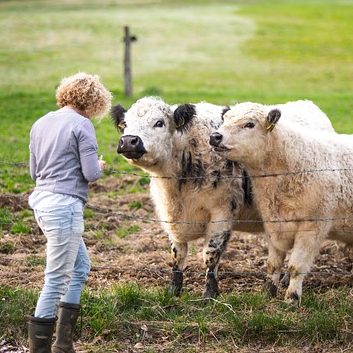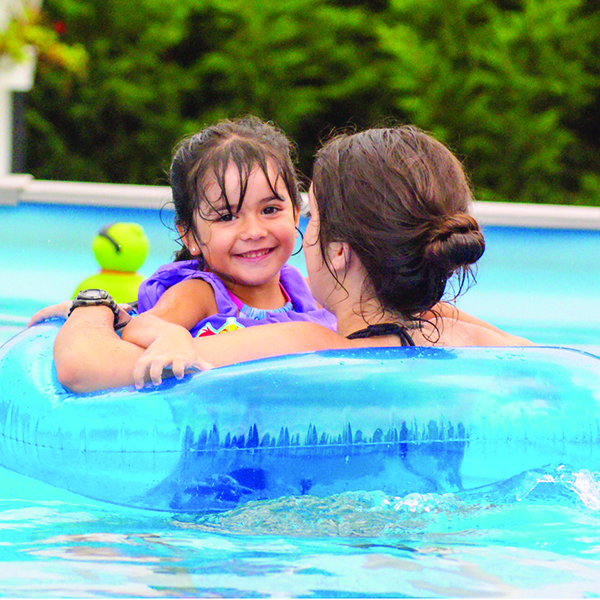People who live in cities, exurbs or suburbs may not come across farms very frequently. But millions of people, including children, still live on farms. In fact, in 2009 the Centers for Disease Control and Prevention noted that more than one million children under the age of 20 lived, worked or had a regular presence on farms in the United States.
Protecting children from injury on farms, especially those who perform work on farms, is of paramount importance. The American Society of Safety Engineers offers the following safety tips to parents of children who will be spending time on farms.
• Know and obey the laws. Various state and federal laws are in place to protect young children from farm-related accidents and injuries. Age requirements dictate which jobs children can perform on a farm, and parents should adhere to those requirements. Asking children to do more than they’re physically capable of can lead to accident, injury or even death.
• Review equipment operation instructions. Before assigning children a task on the farm, parents should review the equipment operation instructions. Doing so can help parents reacquaint themselves with tools and equipment they may not have used in awhile, and that can make it easier for them to teach kids how to use such equipment. In addition, reviewing equipment instructions may provide insight to parents unsure if their children are old enough to use certain tools.
• Inspect equipment. Before children perform any tasks on the farm, parents should inspect the equipment their children are likely to use to make sure each tool is safe. Make sure tools are in proper working order, as broken or poorly working equipment increases the risk of accident or injury.

• Enroll children in farm safety camps. The ASSE recommends that parents contact their local Cooperative Extension and Farm Bureau offices to enroll children in farm safety camps. Such camps can teach kids safe farming techniques and the proper ways to use age-appropriate tools.
• Set a positive example. Another way for parents to protect their children on the farm is to set a positive example. Parents can do so in various ways. Using equipment properly, removing tractor keys from ignitions when tractors are not in use and exercising caution when using hazardous materials shows kids the importance of caution when working on farms.
Hundreds of thousands of children perform jobs on farms across the country. Parents who want to teach their kids to farm should always do so with safety in mind.







